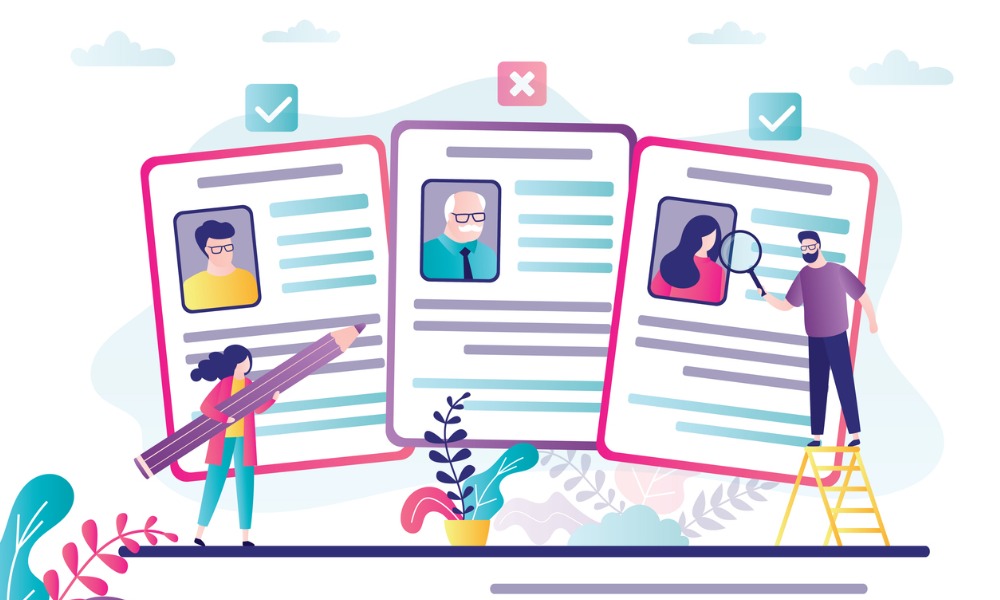Change can be exciting, but for many employees it creates anxiety, uncertainty and ultimately, fatigue.
Organisational change can be exciting and lead to great new opportunities, yet if managed badly can result in employee resistance and exhaustion, research has shown.
But are your employees truly resisting – or are they just exhausted? This is the question HR professionals need to ask themselves when trying to influence and engage employees, says Toni Greenwood, a facilitator with the Australian Institute of Management.
Toni Greenwood says organisations need to find new ways of engaging strung-out employees who are being worn down by a continuous volume of change.
“Where people have been through many or significant changes in the past, they may be exhausted by the effort of coping with those changes,” Greenwood told HC Online.
“Where people have had a negative experience of change they may be resentful and anticipate future changes will have a negative effect too,” she says.
In turn, this insight can help managers tailor approaches and effective communication to those individuals dealing with the change, helping them through the transition successfully, Greenwood says.
Research suggests that as much as 70 percent of change programs fail, with two key reasons being lack of communication and employee resistance to change.
While key leaders and managers are the best champions of organisational change, if these managers are under pressure then most likely they will be too busy and time-poor to communicate and engage employees in change, Greenwood says.
While the need to continuously evolve is a business necessity, many organisations are not set up to manage continuous change, nor understand the toll this can take on their employees.
“As an individual dealing with change, the length of time it takes to successfully go through this curve very much depends on that person: Some can go through quickly; others can take up to two years and more,” she says.
“The challenge is to help bring people through their own change curve, by understanding which phase they are in and also what support tools they need to transition through and embrace the new change.”





